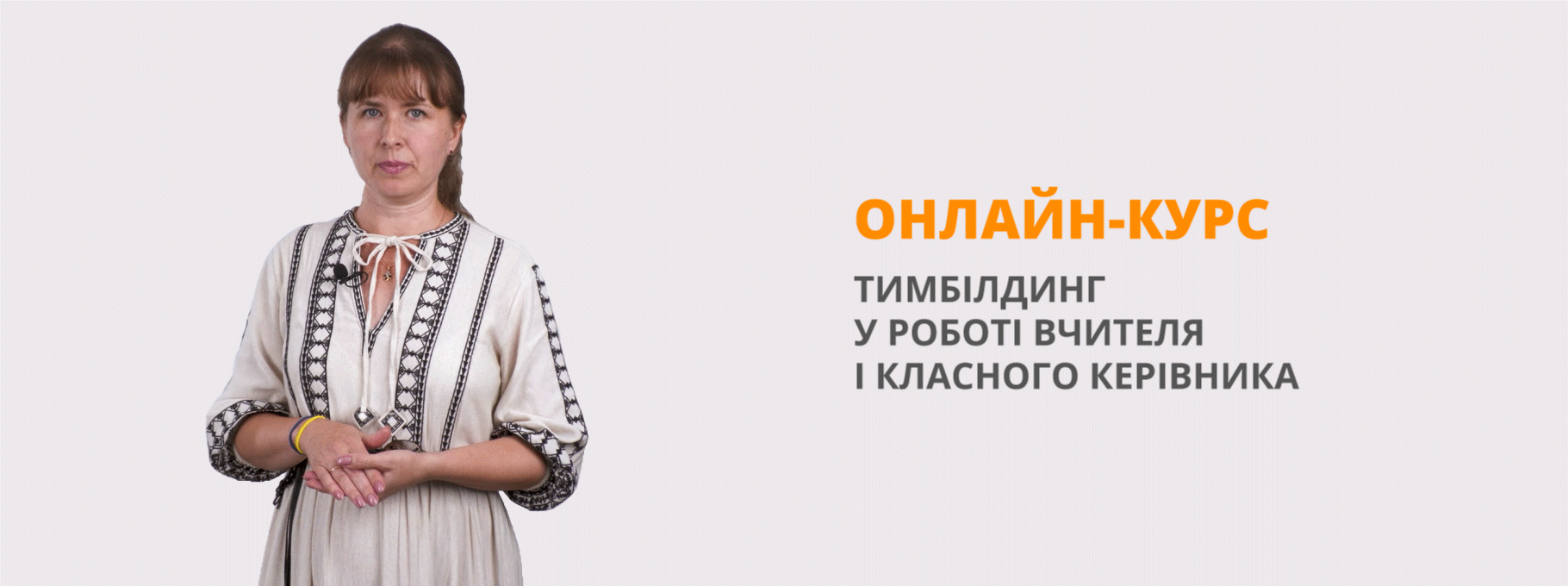Grammar Practice Worksheet "was/were"
Про матеріал
The past continuous tense, also known as the past progressive tense, is a verb tense used to describe an ongoing action that took place in the past. It is formed by combining the past tense of the verb "to be" (was/were) with the present participle (the base form of the verb + "-ing").
The structure of the past continuous tense is as follows:
Affirmative:
Subject + was/were + verb-ing
Examples:
I was studying when the phone rang.
They were playing basketball in the park.
Negative:
Subject + was not/were not + verb-ing (or wasn't/weren't for contractions)
Examples:
She wasn't watching TV at that time.
We were not expecting any visitors.
Interrogative:
Was/Were + subject + verb-ing + ?
Examples:
Were you sleeping when I called?
Was he working late last night?
The past continuous tense is often used to set the scene or provide background information in a narrative, to describe interrupted actions, or to talk about two actions that were happening simultaneously in the past. It emphasizes the duration of an action and is often used in conjunction with the simple past tense to provide a more detailed picture of events. Перегляд файлу
 Was-were
Was-were
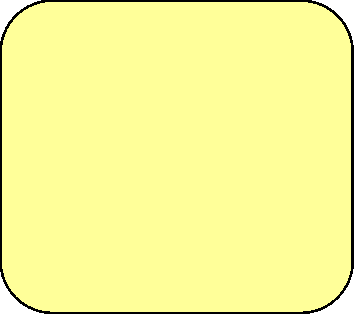
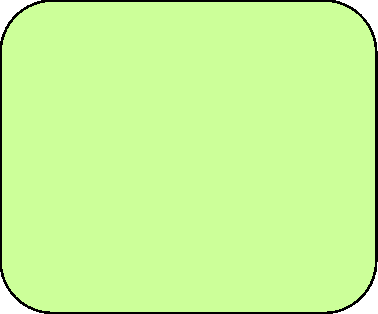
- Form the negative.
- She was ill……………………………
- They were hungry……………………
- Children were sleepy………………..
- He was thirsty………………………..
- I was pretty……………………………
- We were at home…………………….
- He was my best friend……………….
- She was angry………………………..
- They were tasty………………………
- Form the questions.
- Ben was a teacher………………………
- Lana was a doctor……………………….
- They were hungry……………………….
- We were at the zoo……………………..
- He was ugly………………………………
- She was happy…………………………..
- I was lucky………………………………..
- You were in London……………………..
- They were sad…………………………...
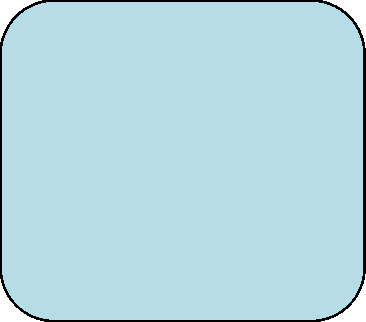
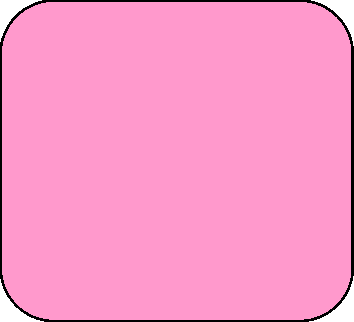
- Write was or were
- My friends ……… in the park.
- It ………Tom’s birthday last Monday.
- ………you at home yesterday?
- Adam ………very thirsty.
- Children ……… at school yesterday.
- The film ………very good.
- ………she a pretty baby?
- He ……… a teacher.
- They ……… at the cinema.
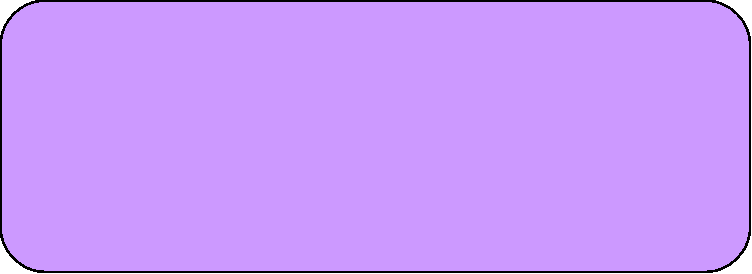
- Circle the correct answer.
- The children were/was at the zoo yesterday.
- Was/Were your brother at the cinema?
- Were/was Jim at the beach?
- Tim were/was ill last week.
- They was/were very thirsty.
- She was/was she at home last night?
- Were/Was it cold yesterday?
- Was/Were they at the party?
- Write
|
Present |
Past |
|
|
|
|
|
|
|
|
|
|
|
|
|
|
|
|
Середня оцінка розробки
Оцінки та відгуки
-
Thank you!
docx
Оцінка розробки


Безкоштовний сертифікат
про публікацію авторської розробки
про публікацію авторської розробки
Щоб отримати, додайте розробку
Додати розробку
